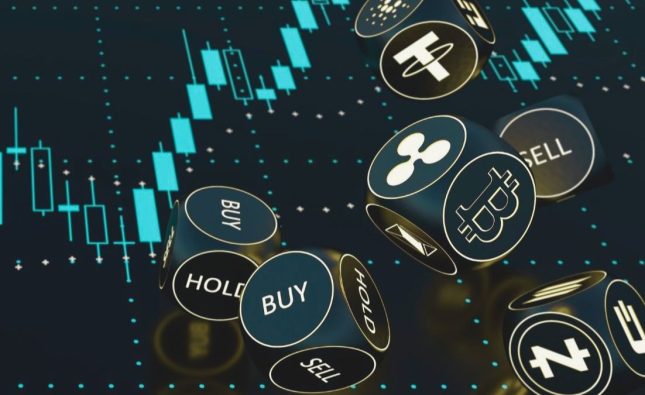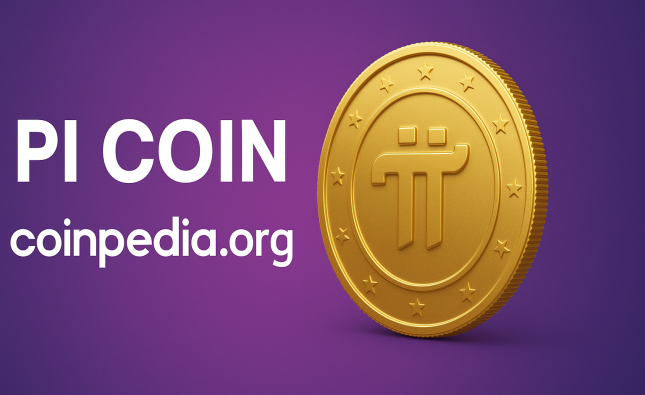
Introduction
Inflation is a term that has been making headlines lately, raising concerns about the future of our economy. As consumers experience higher prices on goods and services, many are questioning if the Federal Reserve’s (Fed) cohesion and resolve will be enough to tackle this issue effectively. In this blog post, we’ll dive into what inflation is, its causes and effects, as well as explore how the Fed plans to respond to these challenges. So let’s get started!
What is Inflation?
Inflation is a term used to describe the rate at which prices of goods and services increase over time. This means that as inflation rises, the purchasing power of money decreases. In simpler terms, it means that you may need more money to buy the same things you could have bought for less in the past.
Inflation can be caused by various factors such as an increase in demand for goods and services, rise in production costs or wages, changes in government policies and regulations or fluctuations in exchange rates. It can also occur due to natural disasters or other unforeseen events that disrupt supply chain operations.
The effects of inflation are far-reaching and can impact individuals, businesses, and even entire economies. For instance, high levels of inflation make it difficult for people on fixed incomes to afford basic necessities like food and shelter while making investments riskier due to uncertainties surrounding future returns.
To combat inflationary pressures, governments often turn to central banks like The Federal Reserve (the Fed) who play a key role in regulating monetary policy by adjusting interest rates and controlling the money supply through open market operations.
Causes of Inflation
Inflation is a persistent increase in the average price level of goods and services within an economy over time. But what causes inflation? There are several factors that can contribute to rising prices, including:
1) Increase in Demand: When demand for goods and services exceeds supply, it leads to higher prices as businesses try to balance supply with demand.
2) Production Costs: If the cost of producing goods increases due to higher wages or raw material costs, companies may pass those costs onto consumers through increased prices.
3) Government Policies: Monetary policies such as increasing money supply or fiscal policies like taxes can affect inflation rates.
4) International Trade: Changes in exchange rates, tariffs, and trade agreements can impact imported goods’ cost and influence domestic pricing levels.
It’s important to note that various factors work together simultaneously resulting in complex changes in price levels. Therefore, policymakers must analyze all potential drivers contributing towards increasing inflation before implementing any strategic measures.
The Impact of Inflation
Inflation has a profound impact on the economy, affecting both individuals and businesses. One of the most significant effects of inflation is that it reduces the purchasing power of money. As prices rise, each dollar becomes worth less in terms of what it can buy.
This reduction in purchasing power can be particularly harmful to those on fixed incomes or with limited financial resources. They may find themselves struggling to afford basic necessities such as food and housing.
Inflation can also lead to increased uncertainty and volatility in financial markets. It makes it harder for businesses to plan for the future as they are unsure how much their costs will increase over time. This uncertainty can discourage investment and slow economic growth.
Additionally, high inflation rates have been associated with negative social consequences such as rising crime rates and civil unrest. When people feel that they cannot meet their basic needs due to rising prices, they may become more desperate and willing to engage in criminal activity or protest against government policies.
The impact of inflation is far-reaching and complex. While some level of inflation is necessary for a healthy economy, sustained high levels of inflation can have serious consequences if left unchecked by policymakers like the Federal Reserve.
Fed’s Response to Inflation
The Federal Reserve (Fed) is responsible for maintaining price stability, full employment and economic growth. As inflation concerns continue to rise, the Fed must balance its dual mandate by making strategic decisions on monetary policy.
One option the Fed has is to raise interest rates. By raising interest rates, borrowing costs increase which leads to less spending and slows down economic growth. However, this would help reduce inflation as businesses are forced to cut prices due to decreased demand.
Another option is for the Fed to taper its bond-buying program. This would decrease the money supply in circulation which can also lead to higher borrowing costs and reduced spending.
However, both of these options have consequences that could negatively impact economic growth and employment levels. The Fed must weigh these risks against their desire to control inflation.
Ultimately, the Fed’s response will depend on a variety of factors such as current market conditions, economic data and global events. These decisions will have significant impacts not only on financial markets but also on everyday consumers’ ability to borrow money at reasonable rates or find jobs with competitive wages.
Conclusion
The recent surge in inflation has raised concerns about the cohesion and resolve of the Federal Reserve. While some experts believe that this is a temporary phenomenon caused by supply chain disruptions and pent-up demand, others fear that it could lead to a prolonged period of high prices and erode confidence in the economy.
Regardless of its causes or implications, inflation underscores the complex challenges facing policymakers as they seek to balance economic growth with price stability. The Fed’s response will be closely watched over the coming months as it navigates these uncertain waters.
One thing is clear: Inflation is not an isolated event but rather a symptom of broader structural issues such as income inequality, globalization, technological change, and climate risks. Addressing these underlying drivers will require bold action from all sectors of society – not just central banks.
Ultimately, whether we can tame inflation without sacrificing growth or social equity remains an open question. But one thing is certain: It will take more than monetary policy alone to solve it.










